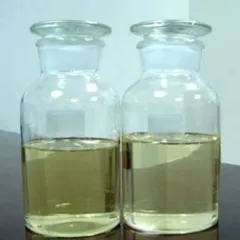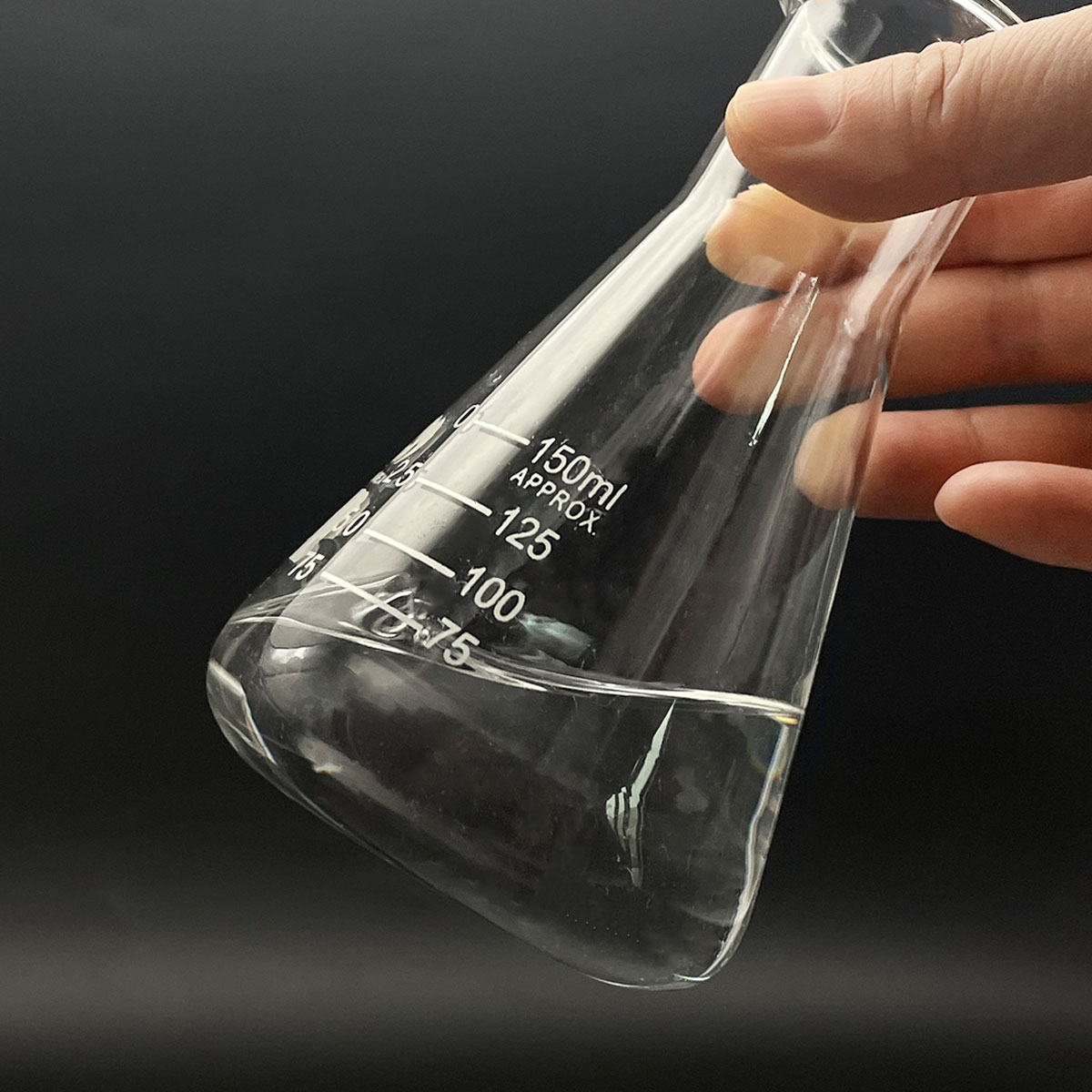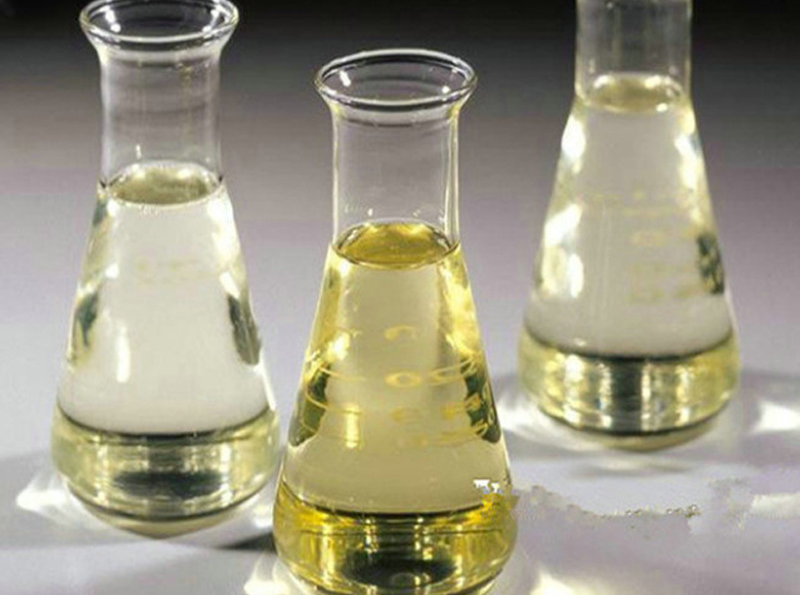**The Lung’s Little Miracle Workers: Who Makes the Bubbly Stuff That Keeps Us Breathing?**
(Surfactant Is Produced By What Cell Type In The Alveolus?)
Ever wonder how breathing feels so effortless? It seems simple. Air goes in, air goes out. But inside your lungs, millions of tiny air sacs called alveoli are hard at work. These tiny bubbles are where oxygen enters your blood and carbon dioxide leaves. Think of them like microscopic balloons.
Now, imagine blowing up millions of tiny balloons all at once. It sounds tough. Keeping them inflated sounds even tougher. That’s the challenge your lungs face constantly. Inflating these delicate sacs takes energy. Preventing them from collapsing completely when you breathe out is vital.
Here’s the thing. Water coats the inside of every alveolus. Water molecules like to stick together. This creates surface tension. Surface tension pulls inward, trying to make the bubble smaller. It’s like the force that pulls a soap bubble tight. Too much surface tension makes inflating the alveoli difficult. Worse, it makes them want to collapse after each breath.
Your body has a brilliant solution. It produces a special substance called surfactant. Surfactant acts like biological soap. Picture the soapy film in a bubble wand. Soap reduces water’s surface tension. This lets you blow big, stable bubbles easily. Lung surfactant does the exact same job inside your alveoli.
So who makes this life-saving soap? Deep within the walls of the alveoli live special cells. These cells are called Type II pneumocytes. They are the unsung heroes of easy breathing. Type II cells are busy little factories. Their main job is making and releasing surfactant.
Type II cells look different from their neighbors. They are plumper. They contain special structures called lamellar bodies. These bodies look like stacks of pancakes under a microscope. Lamellar bodies store the surfactant before it’s released.
The surfactant itself is a complex mix. It has fats (lipids) and special proteins. The fats are the key tension-busters. The proteins help the surfactant spread quickly over the watery surface. This coating is crucial every time you take a breath.
Without surfactant, breathing becomes a massive struggle. The surface tension inside the alveoli would be too high. Inflating the lungs would require enormous effort. Worse, many alveoli would collapse completely at the end of each breath out. This collapse is called atelectasis. It stops oxygen exchange. Think of a balloon without any soap solution – it’s almost impossible to blow up and pops instantly.
This is why surfactant is so critical, especially for newborn babies. Premature babies often haven’t developed enough surfactant yet. This causes Infant Respiratory Distress Syndrome (IRDS). Their little lungs are stiff and collapse easily. Giving artificial surfactant is a life-saving treatment. It helps their tiny alveoli stay open and function.
Type II pneumocytes don’t just make surfactant. They also help repair the delicate alveolar lining if it gets damaged. They can multiply and turn into other types of lung cells needed for healing. This makes them doubly important guardians of lung health.
(Surfactant Is Produced By What Cell Type In The Alveolus?)
Every single breath you take relies on these amazing cells. Type II pneumocytes work silently. They coat your alveoli with their slippery secretion. This reduces the surface tension dramatically. Your lungs inflate smoothly. They stay open easily. Oxygen flows into your blood. Carbon dioxide flows out. All thanks to the bubbly soap made deep inside your lungs.
Inquiry us
if you want to want to know more, please feel free to contact us. (nanotrun@yahoo.com)




